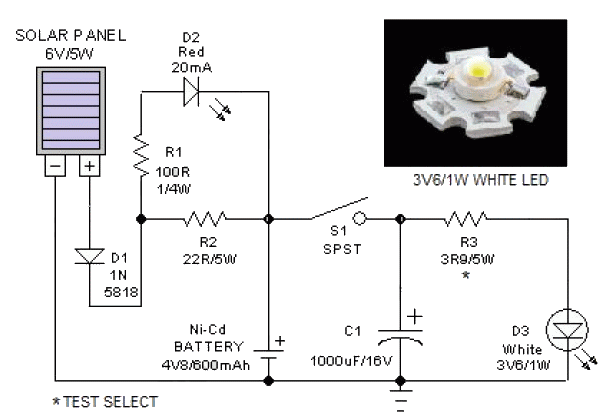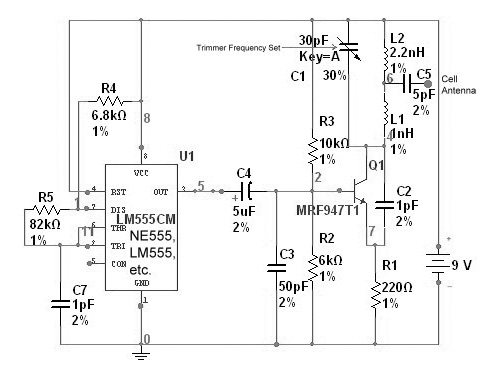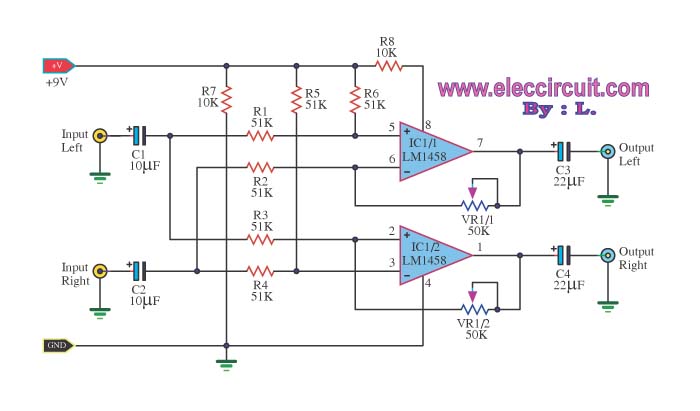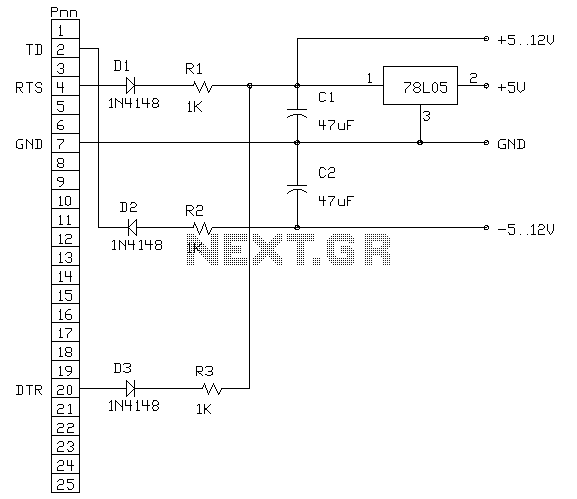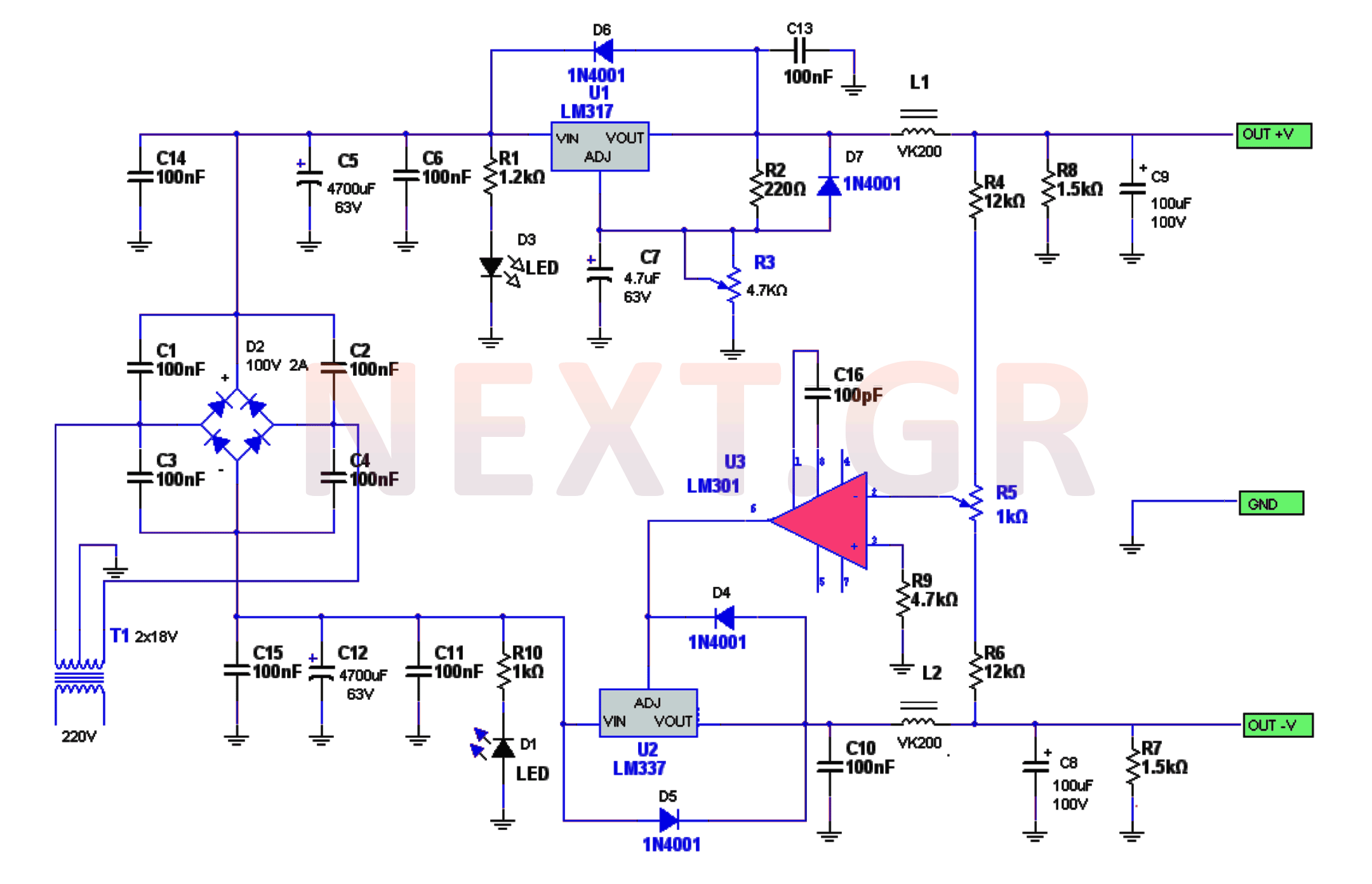
DC 12V Battery Charger Circuit Schematic
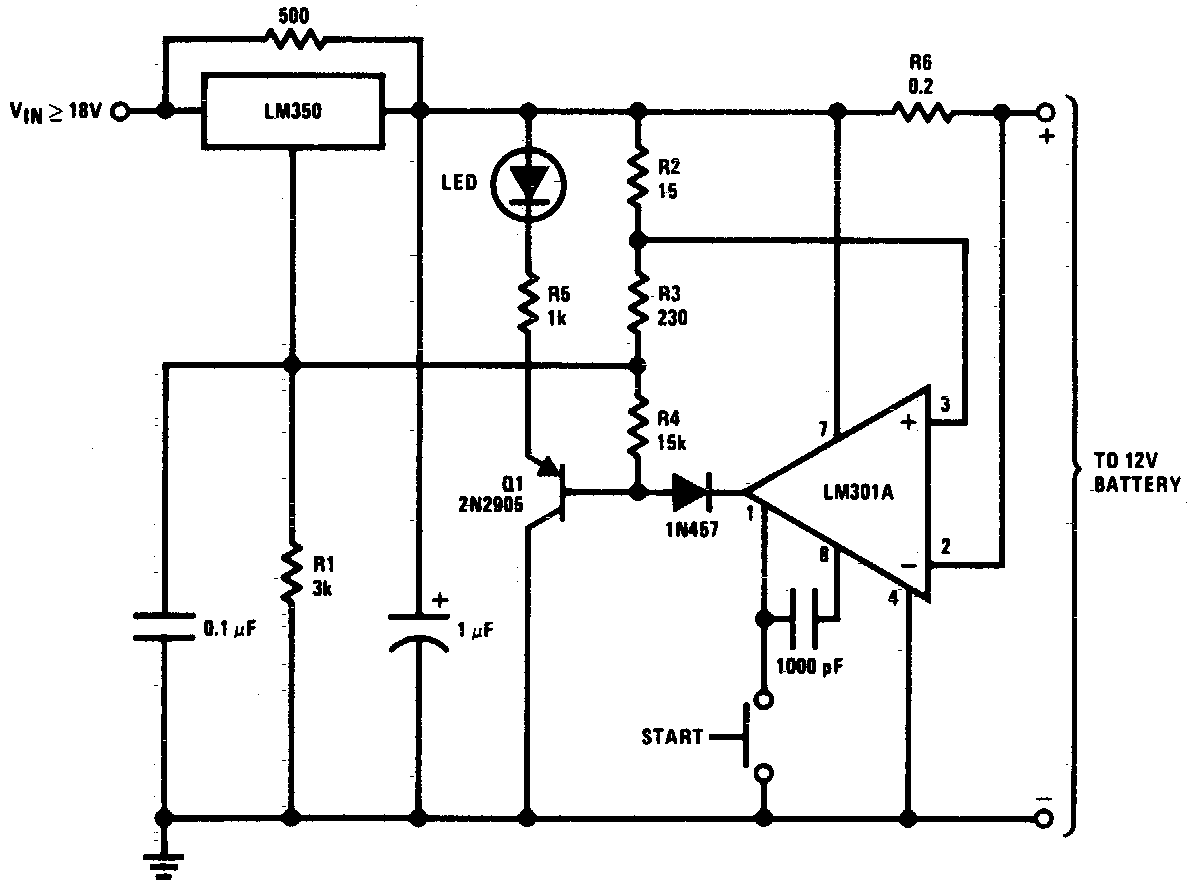
DC 12V Battery Charger Circuit Diagram. This circuit is a high-performance charger for gelled electrolyte lead-acid batteries.
The DC 12V battery charger circuit is designed to efficiently charge gelled electrolyte lead-acid batteries, which are commonly used in various applications due to their reliability and performance characteristics. The circuit typically consists of several key components: a transformer, a rectifier, a filter capacitor, a voltage regulator, and various protection elements such as diodes and fuses.
The transformer steps down the AC mains voltage to a lower AC voltage suitable for charging the battery. The rectifier, often implemented with diodes, converts the AC voltage to pulsating DC. The filter capacitor smooths the output from the rectifier, providing a more stable DC voltage to the battery.
A voltage regulator may be included to ensure that the output voltage remains constant and within safe limits for the battery being charged. This is critical to prevent overcharging, which can damage the battery and reduce its lifespan. Protection components, such as fuses, are incorporated to safeguard the circuit against overcurrent conditions, while diodes can be used to prevent reverse current flow from the battery back into the charger.
The design may also incorporate a charging indicator, such as an LED, to visually indicate the status of the charging process. Overall, this circuit provides a reliable and efficient solution for charging gelled electrolyte lead-acid batteries, ensuring optimal performance and longevity.DC 12V Battery Charger Circuit Diagram. This circuit is a high performance charger for gelled electrolyte lead-acid batteries.. 🔗 External reference
The DC 12V battery charger circuit is designed to efficiently charge gelled electrolyte lead-acid batteries, which are commonly used in various applications due to their reliability and performance characteristics. The circuit typically consists of several key components: a transformer, a rectifier, a filter capacitor, a voltage regulator, and various protection elements such as diodes and fuses.
The transformer steps down the AC mains voltage to a lower AC voltage suitable for charging the battery. The rectifier, often implemented with diodes, converts the AC voltage to pulsating DC. The filter capacitor smooths the output from the rectifier, providing a more stable DC voltage to the battery.
A voltage regulator may be included to ensure that the output voltage remains constant and within safe limits for the battery being charged. This is critical to prevent overcharging, which can damage the battery and reduce its lifespan. Protection components, such as fuses, are incorporated to safeguard the circuit against overcurrent conditions, while diodes can be used to prevent reverse current flow from the battery back into the charger.
The design may also incorporate a charging indicator, such as an LED, to visually indicate the status of the charging process. Overall, this circuit provides a reliable and efficient solution for charging gelled electrolyte lead-acid batteries, ensuring optimal performance and longevity.DC 12V Battery Charger Circuit Diagram. This circuit is a high performance charger for gelled electrolyte lead-acid batteries.. 🔗 External reference
